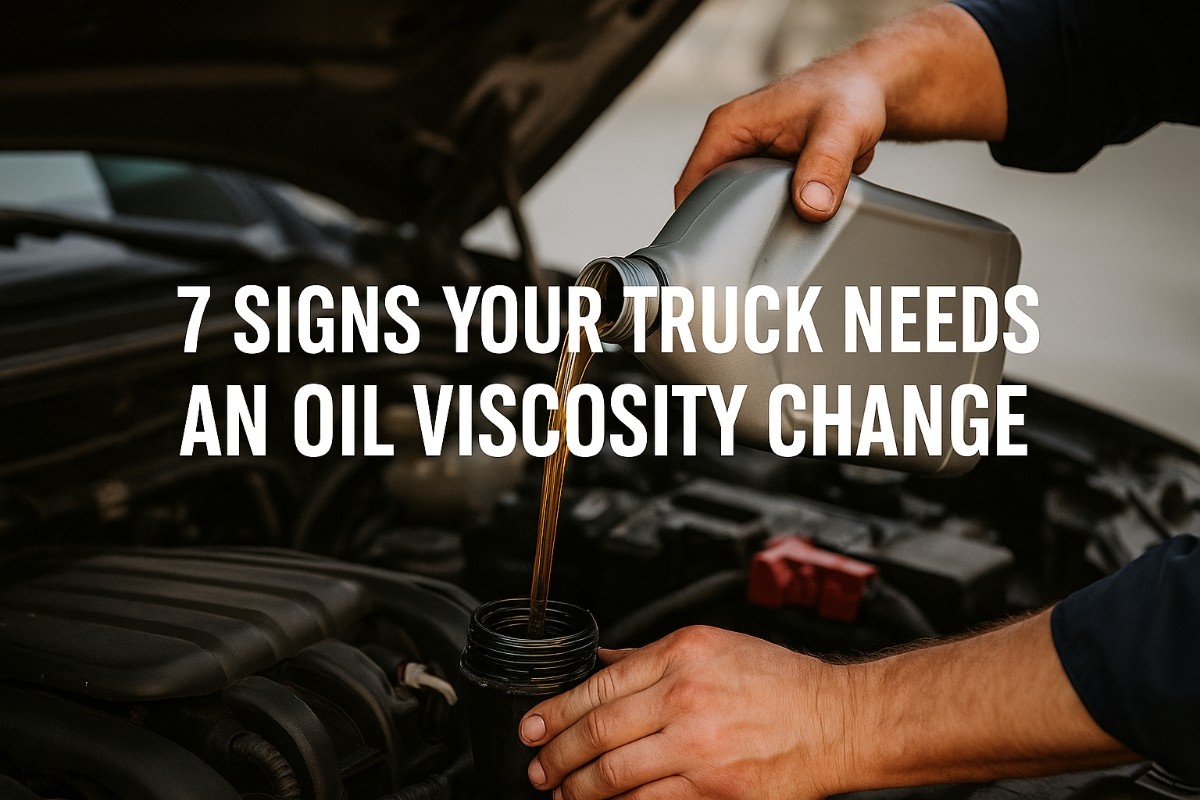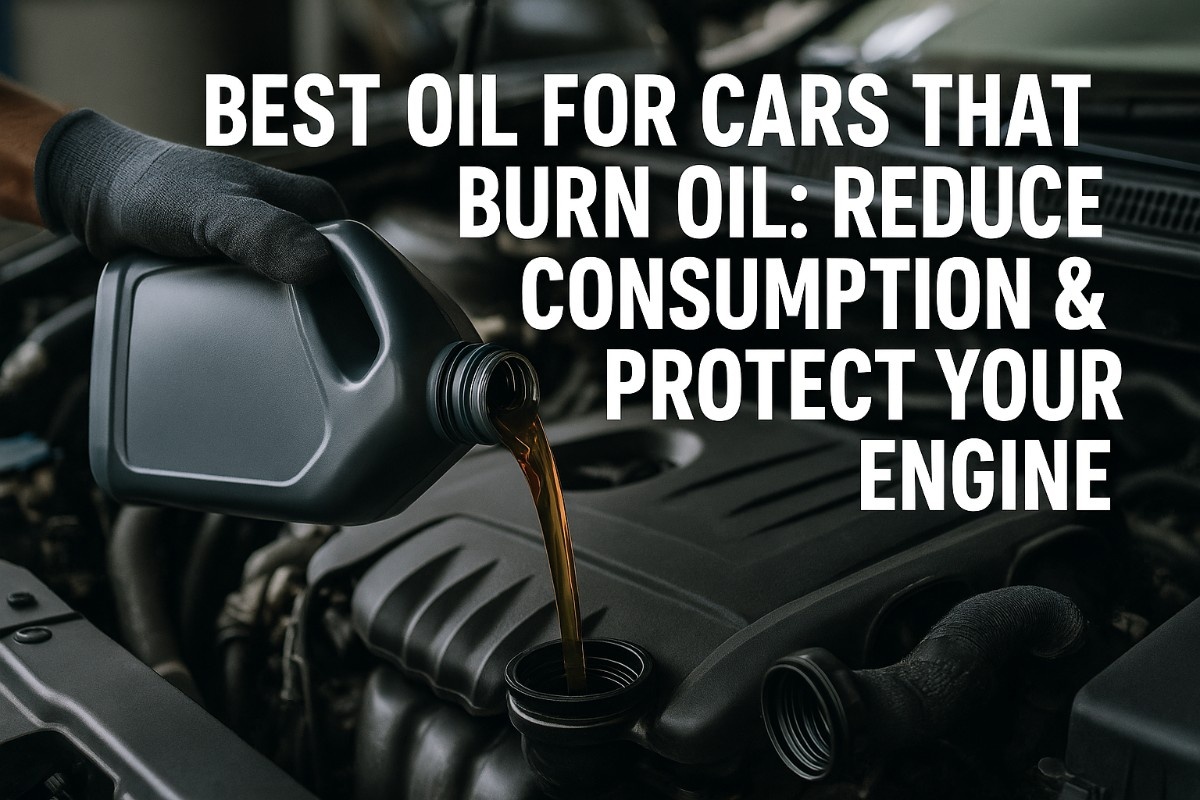Is your fleet due for its annual vehicle inspection? Don't let confusion over paperwork put your compliance at risk. Follow our comprehensive guide to properly fill out your Annual Vehicle Inspection Report and keep your trucks rolling legally. Get expert guidance on inspection compliance.
Why Annual Vehicle Inspections Matter
Annual vehicle inspections are crucial for maintaining the safety and compliance of your commercial fleet. These inspections help identify potential issues before they become major problems, ensuring your vehicles are roadworthy and meet all Department of Transportation (DOT) requirements. Start tracking your inspection schedules digitally to never miss a deadline.
Understanding the Annual Vehicle Inspection Report
The Annual Vehicle Inspection Report is a document that certifies your vehicle has passed a thorough inspection and meets all safety standards. Let's break down the key components and how to fill them out correctly.
Step 1: Vehicle Information
Start by filling out the basic vehicle details:
- Vehicle Identification Number (VIN)
- Vehicle make, model, and year
- License plate number and state
- Fleet unit number (if applicable)
Pro Tip: Double-check the VIN against the vehicle's registration to ensure accuracy.
Step 2: Inspection Details
Next, you'll need to provide information about the inspection itself:
- Date of inspection
- Location where the inspection was performed
- Odometer reading at the time of inspection
Important: The inspection date on your report must be within the last 12 months to be valid. Set up automatic alerts for upcoming inspections to stay compliant year-round.
Step 3: Inspector Information
This section requires details about the person who performed the inspection:
- Inspector's name
- Inspector's qualification or certification number
- Name and address of the motor carrier or other entity where the inspector is employed
Note: Ensure the inspector is qualified according to DOT regulations.
Fleet Manager Tip: Maintain a database of qualified inspectors in your area to streamline the inspection process when deadlines approach.
Learn how to build your inspection network →Step 4: Vehicle Components Inspection
This is the heart of the report. The inspector must check and certify the condition of various vehicle components, including:
- Brake system
- Coupling devices
- Exhaust system
- Frame
- Fuel system
- Lighting devices
- Steering mechanism
- Suspension
- Tires
- Wheels and rims
- Windshield wipers
For each component, mark whether it passes inspection or needs repair.
Step 5: Certification
The final step is the certification:
- The inspector must sign and date the report, certifying that the vehicle has passed all required inspection points.
- If any repairs were needed, note the date they were completed and who performed them.
How to Fill Out the Annual Vehicle Inspection Label
Once your vehicle passes inspection, you'll need to fill out and display an Annual Vehicle Inspection label. Here's how:
- Write the date the inspection was completed (month and year).
- Include the name of the motor carrier or other entity where the inspector is employed.
- Write the vehicle's VIN or DOT number.
- Sign the label (this should be done by the inspector).
Pro Tip: Use weather-resistant materials for your label to ensure it remains legible throughout the year. Get the full DOT Pre-trip Inspection Checklist Guide
Simplify Your Annual Inspection Process
Track inspection dates, store digital reports, and never miss a compliance deadline again.
Annual Vehicle Inspection Report Example
To help you visualize a properly completed report, here's an example of key sections:
Vehicle Information: VIN: 1FUJA6CV57LW91589 Make: Freightliner Year: 2023 License Plate: ABC1234 State: CA Inspection Details: Date of Inspection: 05/15/2023 Location: 123 Truck Lane, Anytown, USA Odometer: 50,000 miles Inspector Information: Name: John Smith Certification #: DOT-12345 Employer: Safe Fleet Inspections Inc.
Fillable PDF Option
For convenience, many carriers use a fillable PDF version of the Annual Vehicle Inspection Report. This digital format allows for easy completion and storage of inspection records. You can typically find fillable PDFs on DOT websites or through reputable fleet management software providers. Go fully digital with our inspection management platform for easier record keeping and compliance tracking.
Best Practices for Annual Vehicle Inspections
- Schedule inspections well before the expiration date to allow time for any necessary repairs.
- Keep detailed records of all inspections and repairs.
- Train your drivers to perform regular pre-trip inspections to catch issues early.
- Use a reliable fleet management system to track inspection dates and maintenance schedules.
Digital Records
Store all inspection reports securely in the cloud
Automated Alerts
Never miss an inspection deadline with smart reminders
Inspector Network
Access qualified inspectors in your area quickly
Compliance Dashboard
Track your entire fleet's inspection status at a glance
Conclusion
Properly completing your Annual Vehicle Inspection Report is crucial for maintaining compliance and ensuring the safety of your fleet. By following this step-by-step guide, you can confidently navigate the inspection process and keep your vehicles on the road legally and safely. Schedule a demo to see how we can simplify your inspection management.
Ready to take control of your fleet's compliance?
See how HVI APP can help you manage your logs and keep your fleet running smoothly.
No credit card required • Set up in minutes • Cancel anytime
Annual Vehicle Inspection Report: Essential FAQs
-
How often are commercial vehicle inspections required?
Commercial vehicles must undergo a comprehensive inspection at least once every 12 months. This annual inspection is mandated by the Department of Transportation (DOT) to ensure vehicles meet all safety standards. The resulting Annual Vehicle Inspection Report must be kept on file, and vehicles must display a valid inspection label. Some states may require additional periodic inspections, so it's important to check local regulations for complete compliance. Track all your inspection requirements in one place.
-
Who is qualified to perform DOT annual inspections?
A DOT annual inspection must be performed by a qualified inspector who meets specific requirements under federal regulations. Qualified inspectors include:
- Individuals who have completed state or federal training programs
- Mechanics with certifications in commercial vehicle inspection
- Persons with at least one year of experience inspecting commercial vehicles
- Individuals who have passed knowledge and hands-on tests for commercial vehicle inspections
The inspector's certification number and employer information must be documented on the inspection report.
-
What documentation is required for annual vehicle inspections?
For DOT compliance, carriers must maintain:
- A completed Annual Vehicle Inspection Report showing all inspected components
- Proof of inspector qualification
- Documentation of any repairs performed following the inspection
- A visible inspection label on the vehicle showing the inspection date
- Records of these inspections for at least 14 months
Digital or paper copies are acceptable as long as they can be produced during a DOT audit. Learn how to digitize your inspection records for easier compliance management.
-
What components are checked during an annual vehicle inspection?
A DOT annual inspection covers numerous critical safety systems including:
- Brake systems (service, parking, and emergency)
- Coupling devices and fifth wheel
- Exhaust and fuel systems
- Frame, suspension, and steering mechanisms
- Lights and reflectors
- Tires, wheels, and rims
- Windshield wipers and washers
- Emergency equipment (fire extinguishers, reflective triangles)
- Electrical systems and wiring
Each component must pass inspection for the vehicle to receive certification.
-
What happens if my vehicle fails the annual inspection?
If a vehicle fails its annual inspection, the following steps must be taken:
- Document all deficiencies on the inspection report
- Complete necessary repairs before putting the vehicle back in service
- Have the repairs verified and documented by a qualified inspector
- Obtain a new inspection certification after all issues are resolved
- Update the vehicle's inspection label with the new date
Operating a commercial vehicle that has failed inspection or with an expired inspection can result in significant fines, out-of-service orders, and negative impacts on your CSA scores.
Never Miss Another Inspection Deadline
Join thousands of fleet managers who trust HVI APP to keep their vehicles compliant and on the road.
Contact us today to schedule a demo and start protecting your fleet from DOT violations!
Remember, a well-maintained fleet is a profitable fleet. Stay compliant, stay safe, and keep on trucking!




